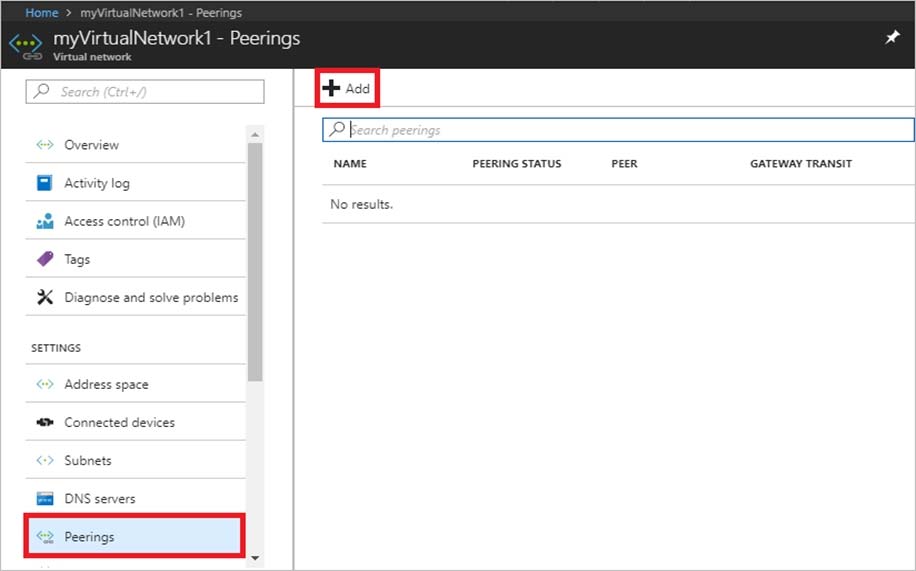Enable Communication Between VNET01-USEA2 and VNET01-USWE2 Virtual Networks
Question
SIMULATION -
Overview -
The following section of the exam is a lab. In this section, you will perform a set of tasks in a live environment. While most functionality will be available to you as it would be in a live environment, some functionality (e.g., copy and paste, ability to navigate to external websites) will not be possible by design.
Scoring is based on the outcome of performing the tasks stated in the lab. In other words, it doesn't matter how you accomplish the task, if you successfully perform it, you will earn credit for that task.
Labs are not timed separately, and this exam may have more than one lab that you must complete. You can use as much time as you would like to complete each lab. But, you should manage your time appropriately to ensure that you are able to complete the lab(s) and all other sections of the exam in the time provided.
Please note that once you submit your work by clicking the Next button within a lab, you will NOT be able to return to the lab.
To start the lab -
You may start the lab by clicking the Next button.
You plan to allow connections between the VNET01-USEA2 and VNET01-USWE2 virtual networks.
You need to ensure that virtual machines can communicate across both virtual networks by using their private IP address. The solution must NOT require any virtual network gateways.
What should you do from the Azure portal?
Explanations
See explanation below.
Virtual network peering enables you to seamlessly connect two Azure virtual networks. Once peered, the virtual networks appear as one, for connectivity purposes.
Peer virtual networks -
Step 1. In the Search box at the top of the Azure portal, begin typing VNET01-USEA2. When VNET01-USEA2 appears in the search results, select it.
Step 2. Select Peerings, under SETTINGS, and then select + Add, as shown in the following picture:

Step 3. Enter, or select, the following information, accept the defaults for the remaining settings, and then select OK.
Name: myVirtualNetwork1-myVirtualNetwork2 (for example)
Subscription: elect your subscription.
Virtual network: VNET01-USWE2 - To select the VNET01-USWE2 virtual network, select Virtual network, then select VNET01-USWE2. You can select a virtual network in the same region or in a different region.
Now we need to repeat steps 1-3 for the other network VNET01-USWE2:
Step 4. In the Search box at the top of the Azure portal, begin typing VNET01- USEA2. When VNET01- USEA2 appears in the search results, select it.
Step 5. Select Peerings, under SETTINGS, and then select + Add.
https://docs.microsoft.com/en-us/azure/virtual-network/tutorial-connect-virtual-networks-portalTo allow communication between two virtual networks in Azure without using virtual network gateways, you can use VNet peering. VNet peering allows two virtual networks to be connected and communicate with each other using their private IP addresses.
To configure VNet peering between VNET01-USEA2 and VNET01-USWE2, follow these steps:
- In the Azure portal, navigate to the VNET01-USEA2 virtual network and select Peerings from the left-hand menu.
- Click the Add button to create a new peering.
- In the Add peering blade, specify a unique name for the peering and select the VNET01-USWE2 virtual network from the list of virtual networks.
- In the Traffic tab, select Allow forwarded traffic to enable communication between virtual machines in both virtual networks using their private IP addresses.
- Click the OK button to create the peering.
Once the peering is created, repeat these steps in the VNET01-USWE2 virtual network to create a peering to VNET01-USEA2.
After the peering is established in both virtual networks, virtual machines in VNET01-USEA2 and VNET01-USWE2 can communicate with each other using their private IP addresses. No virtual network gateways are required for this solution.